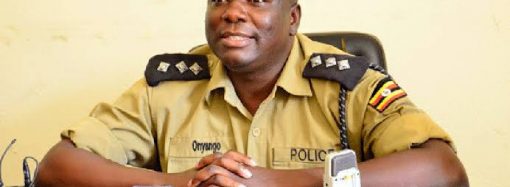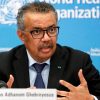By Namale Agnes. Marine ventures remain vast in Uganda given the many water bodies the country has, but the presence of the largest fresh water body in East Africa and the longest River in Africa, Lake Victoria and river Nile respectively continues to present virgin areas for exploration and investment opportunities. We had heard quiet
By Namale Agnes.
Marine ventures remain vast in Uganda given the many water bodies the country
has, but the presence of the largest fresh water body in East Africa and the longest
River in Africa, Lake Victoria and river Nile respectively continues to present
virgin areas for exploration and investment opportunities.
We had heard quiet a lot about the water border point of Uganda and Kenya in
Busia from our tour guide Amanya Ow’ejinja as we started the ‘bantu migration’.
It was something new to explore since none of us had had a chance to witness the
intersection between a river and a lake before.
Lake Victoria is a fresh water body shared by three of the East African countries;
Uganda, Kenya and Tanzania. It is fed by River Kagera, Katonga, Sio, Yala,
Nyando, Sondu Miriu, and Mara while River Nile carries water out of the lake.
We boarded our engine boats and sailed against the cool tide as Mr. Ojambo
Justine, one of the committed tourism investors in the eastern part of Uganda kept telling stories surrounding the intersection between River Sio and Lake Victoria.
To him, the area around this water boarder point has a number of activities to be
explored, including the traditional fishing methods used by the natives in the area.
The area is also rich when it comes to bird watching:- given a number of different
species of birds like the pied king fisher, Egyptian geese, African fish eagles,
eaglets and the Hamerkop among others.
A few minutes later we approached the water border point and the intersection
could be clearly noticed as river Sios’ dirty sandy waters joined Lake Victoria’s
dirty- green waters.
In a distance we could clearly notice young men in their “Adam’s suit” diving below the water surface with carriages determined to mine sand that they relentlessly collected on their wooden boats.
Their determination for this economic activity was not wavered by the comodo –
lizard that lay ashore on the papyrus islands next to their boats.
Our guide Mr. Ojambo gave us a glimpse into his future prospects for the area, as
a monumental venture would indeed promote tourism in the area.
A few waves away, we could notice a ferry docking point built by the late
President Idi Amin Dada of Uganda back in the 1970s.
A few poles stood protruding from beneath the water body as they had clearly been submerged by the rising water levels.
In a distance we could see our brothers from the republic of Kenya carrying out
different economic activities at Sio port, and we knew, this was our only chance to
cross borders without having to present ‘kitambuliiso yetu’.
Sio Port is a quiet landing site, probably they were right to call it Sio port (meaning- “not a port”) for it is but a serene fish landing site, surrounded by worship houses and a few small-scale businesses.
The first commodity to catch our attention, was Kenya’s’ phenomenal Giveri (a
mixture of beans and maize brand cooked together. After taking a few steps on the
foreign land, we sat down to quench our hunger with the delicious tea
accompanied by Giveri and chapatis.
Courtesy photo.































Leave a Comment
Your email address will not be published. Required fields are marked with *